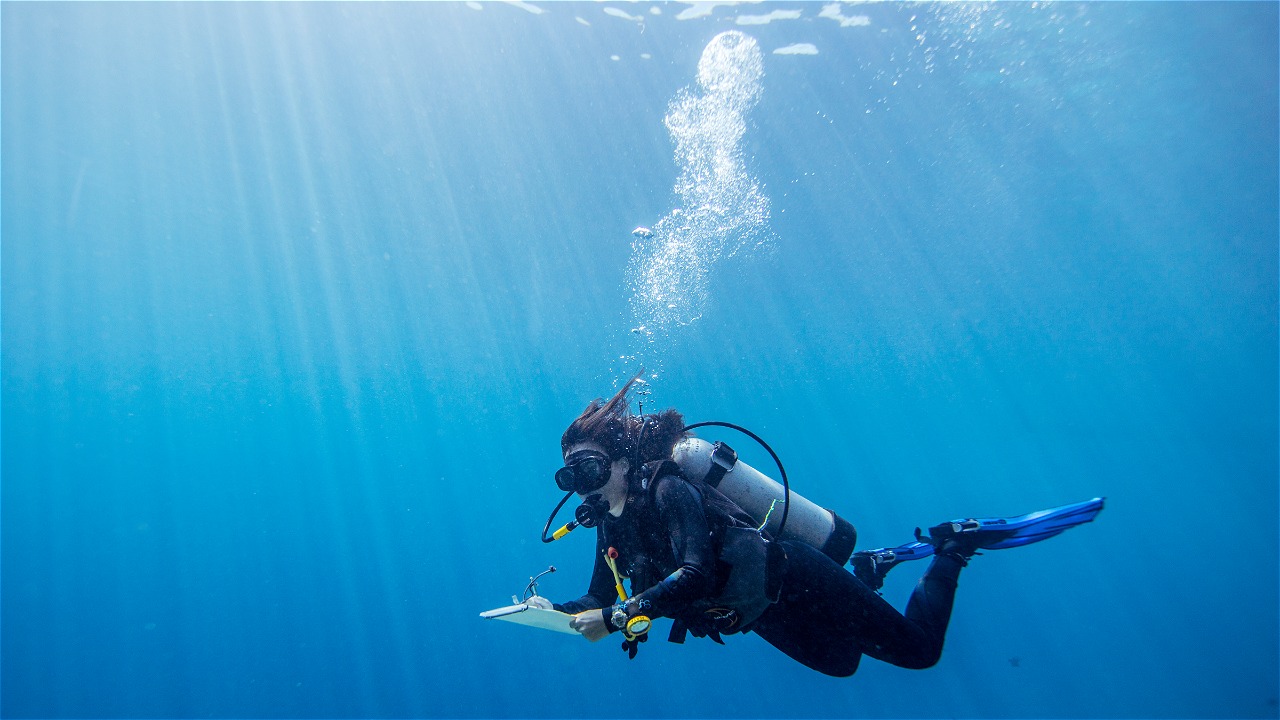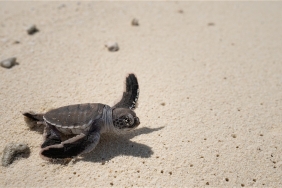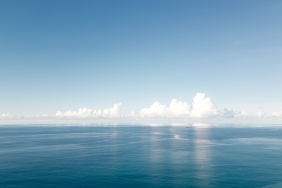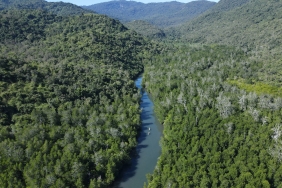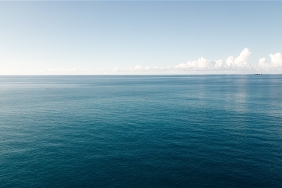LEARN PEACE FROM EXPEDITIONS
By: Muhammad Rais (Universitas Muhammadiyah Kendari)
For a diver, the terms buoyancy and mask clearing are must-have knowledge. A successful dive is when the diver is able to do both of these well.
Buoyancy is a technique of managing buoyancy in the water so as to achieve neutral buoyancy. In a sense, the diver should float in the water.
When diving, divers use equipment such as basic diving gear (snorkel mask, and fins) and scuba gear such as buoyancy control device (BCD), tanks, regulators, and weights. A diver can stay underwater if he uses ballast (weight belt) which depends on one's buoyancy.
The ballast serves to "submerge" the diver, which is coupled with emptying the air from the BCD. Conditions like this make it very possible for the diver to "sink" to the bottom. Thus, if not regulated by adding air to the BCD, it will be difficult to achieve neutral buoyancy.
Meanwhile, mask clearing is a technique to clean or remove water from inside the mask. This is done by opening the lower part of the mask and simultaneously exhaling through the nose with the head facing up.
This technique is used when the mask is "foggy" or opaque, making it difficult to see underwater. The obstruction of the view can reduce the enjoyment of taking data or seeing underwater conditions so it is necessary to clean and remove water from the mask.
The experience in #XPDCSULTRA not only increased my diving hours, but also practiced my buoyancy and mask clearing techniques. But above all, I learned how to achieve sobriety in diving.
Without equanimity, ecological researchers will not be able to capture data well. For example, in taking data on rugosity (the complexity of coral reefs and the curved shape of the water bottom), the techniques of buoyancy, mask clearing- and equanimity are needed.
With peace of mind, we are able to manage buoyancy and can perform mask clearing well. Without equanimity, none of that is possible. So, it's okay to be anxious on the boat, but once you're underwater, you'll be calm.

